Underwater Photography is the process of taking photographs while Underwater. It is usually done while scuba diving, but can be done while diving on surface supply, snorkeling, swimming, from a submersible or remotely operated underwater vehicle or from automated cameras lowered from the surface. It is quite physically demanding but success outing are high.
- Get your diving skills down before your start Underwater Photography
- Plan your shoot & look for Cleaner water for best results
- Safety comes first. You must know your dive zone, talk to people who have some experience about selected zone. Shoot in Safe Waters
- Get close to your subject preferably within 12 inches. Water reduces Colour, Contrast & Sharpness. Make sure you don’t touch or harm marine objects
- Make sure to stay near the Surface to seek help/support if needed
- Start with simple gears. Set your camera to the highest resolution & the lowest ISO to start with. Use compact camera /Go Pro with waterproof housing
- Use manual or aperture priority mode & give focus priority to release the shutter over focusing
- Use Wide Angle & Macro lens for Underwater Photography. You don’t have choice to change lenses inside the water so make sure to use right gears, keeping in mind what you want to shoot.
- Morning time between 8.00 AM to 11.30 AM is considered to be the best time for Underwater Photography
- Get low, shoot at an upward angle, don’t center the subject try to fill your frame. Don’t shoot down at the object
- Pay attention to the Quality & Direction of Ambient Light
- Make sure your camera flash is turned on in forced flash mode. Use auto white balance & fine tune it during post editing
- You must shoot with the sun behind you or use external strobe lighting which helps to light the foreground & bring the colour back to the image
- Make sure the subject eyes are in focus
- Use shutter speed range of 1/30th for still, 1/60th for slow moving & 1/125th for fast moving subjects
- Use low ISO but not beyond 400
- Use small aperture f11-f20 for better foreground/object image
- Time it right – know your dive skills & oxygen levels. The Framing, Adjustments & camera setting eats up lot of time. It takes time to nail a shot/image
- Make sure that you are comfortable. Don’t venture into cold or warm water. Shooting has to be fun & not a pressure
- Be unique & distinctive with your composition & frame – Get Acrobatic, Make Bubbles, Bring in Props etc.
- Try to capture the best action, Zoom in for details
- Keep it Steady, as the water is moving under pressure, take support of rock or friends arm for firm grip/support. Have a strong pole/Handle System as Extension of Arm. You must also use Image Stabilization mode of your camera
- Avoid Water Marks or Water drops on Underwater Camera Housing Lens port. Also avoid fogginess on your lens. It happens quite frequently due to weather change
- Ensure proper clothing, wear light & protect your gears
- To practice start shooting in Rain, Swimming Pool Party. Waterside Portraits, While Taking Showers or tag along with a Surfer
- Split underwater photos use Split Diopter Filters /Circular polarizer Filter /Snoot for best results
- Shoot in RAW Mode to have maximum content for post editing desk
- Look for long /descent line & compose them across the screen
- Post production touch editing is critical for Underwater Photography, so make best use of it
- Do you dare, take your camera Underwater
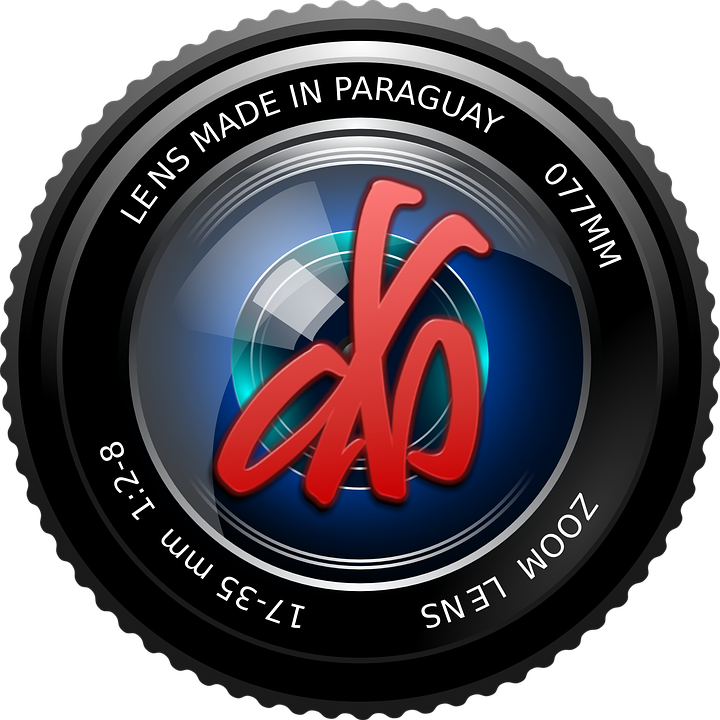
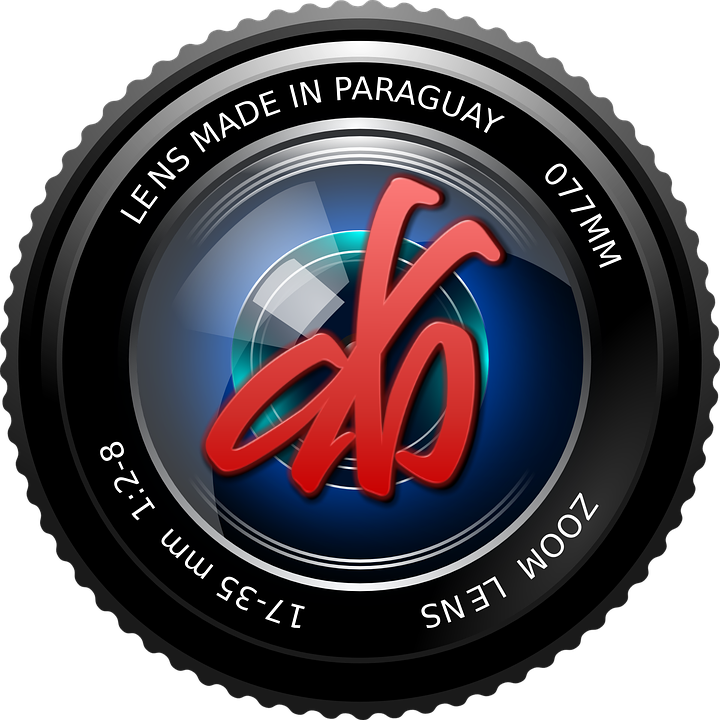
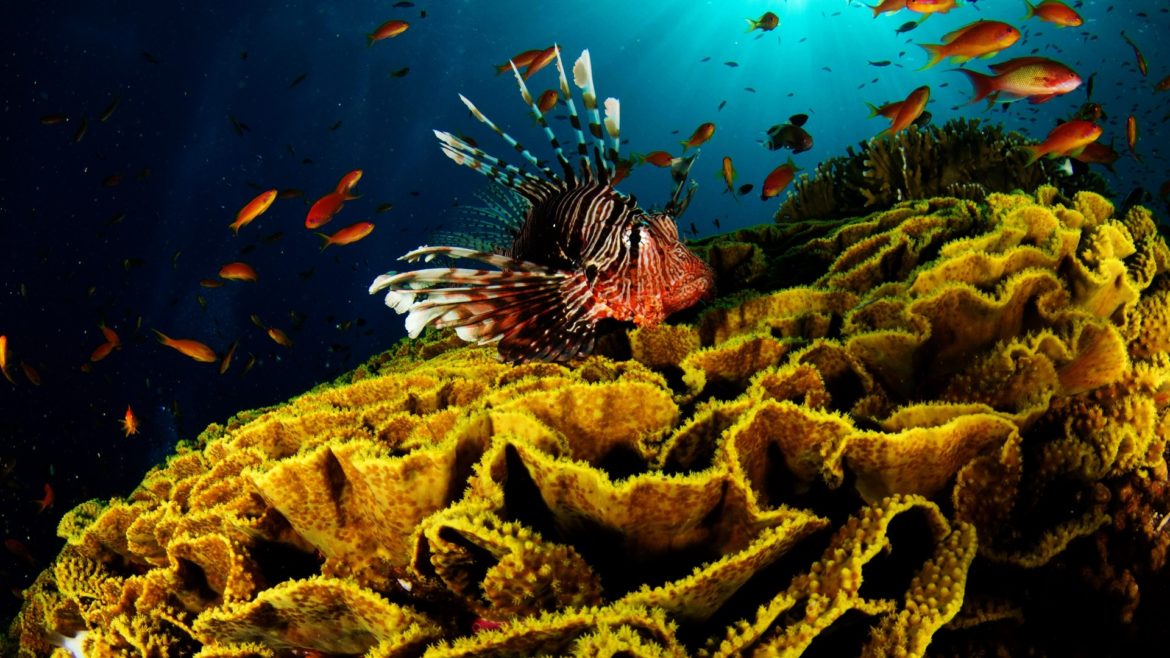
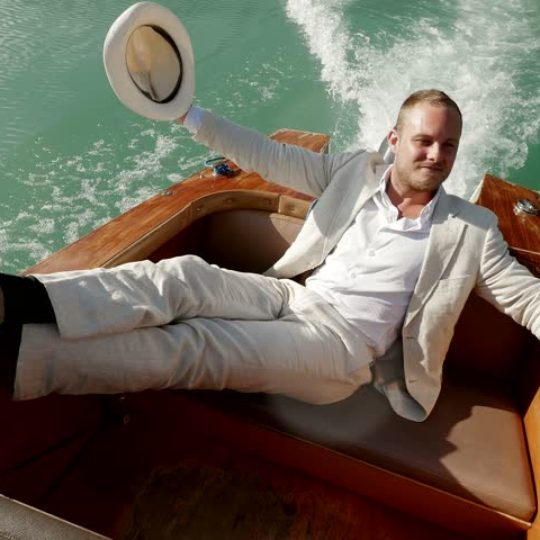

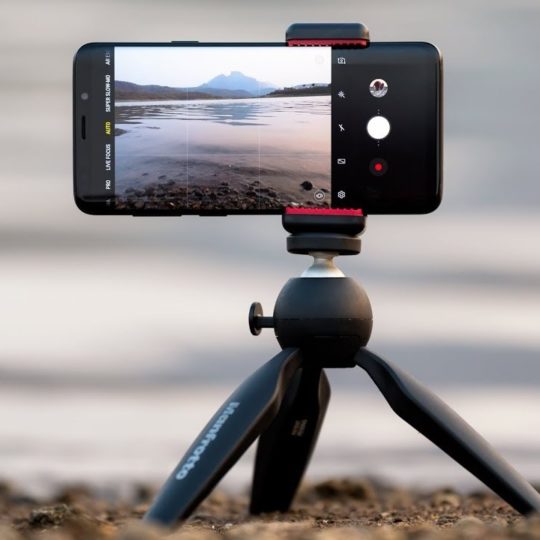
Recent Comments